In pictures: Syrian refugee numbers rise
- Published
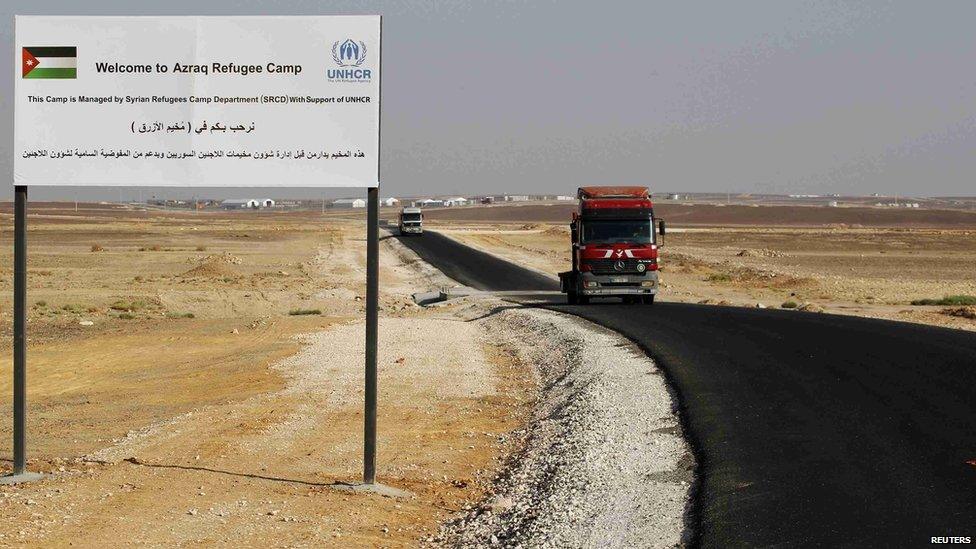
More than two million Syrians are now refugees, with the total going up by a million in six months, the UN says.
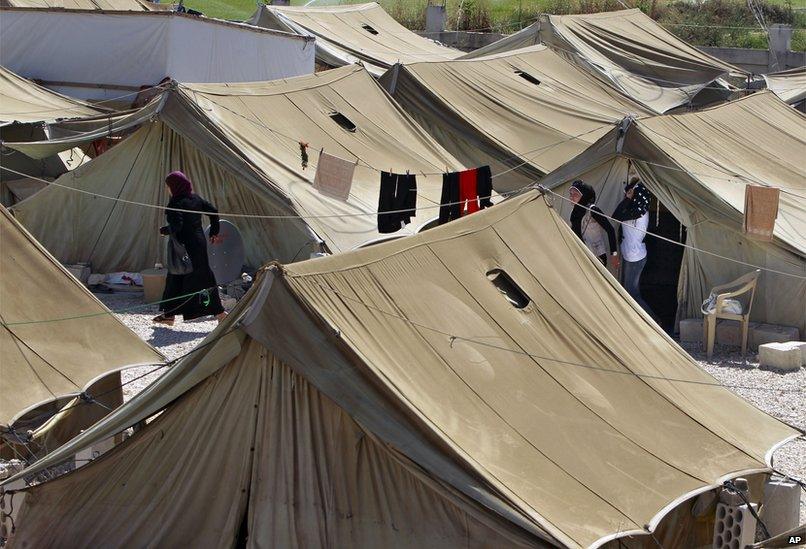
At least 700,000 have fled to Lebanon and more Syrians are now displaced than any other nationality, the UNHCR (United Nations High Commissioner for Refugees) says.
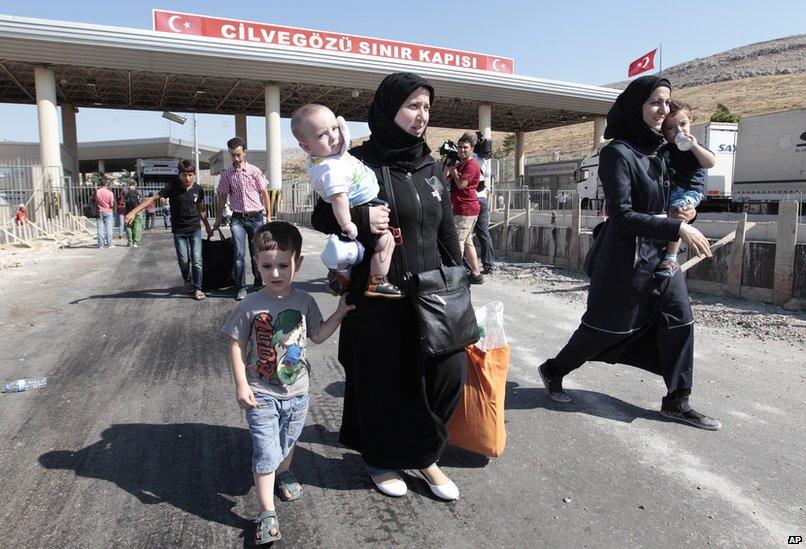
The UNHCR said in a statement on Tuesday: "Syria is haemorrhaging women, children and men who cross borders often with little more than the clothes on their backs."
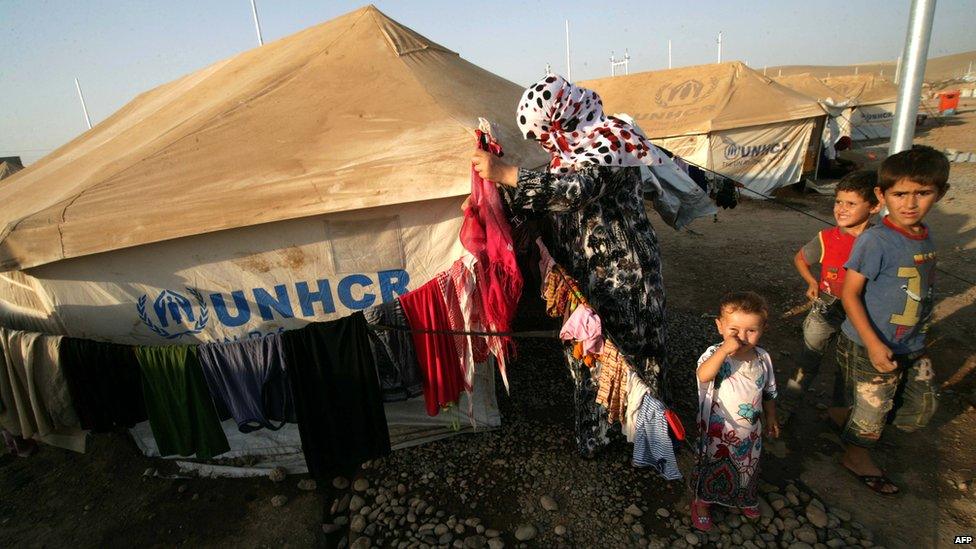
About half of those forced to leave are children, UN agencies estimate, with about three-quarters of them under 11.
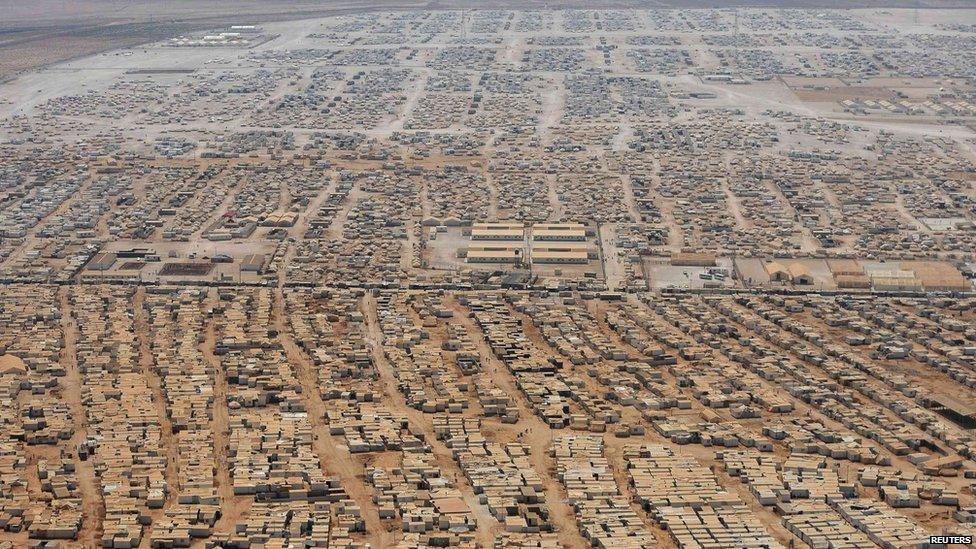
Many of those forced to leave their homes have taken refuge in neighbouring countries, but 130,000 of them are now living in a three-square-mile piece of the desolate Jordanian desert - home to the sprawling Zaatari refugee camp.
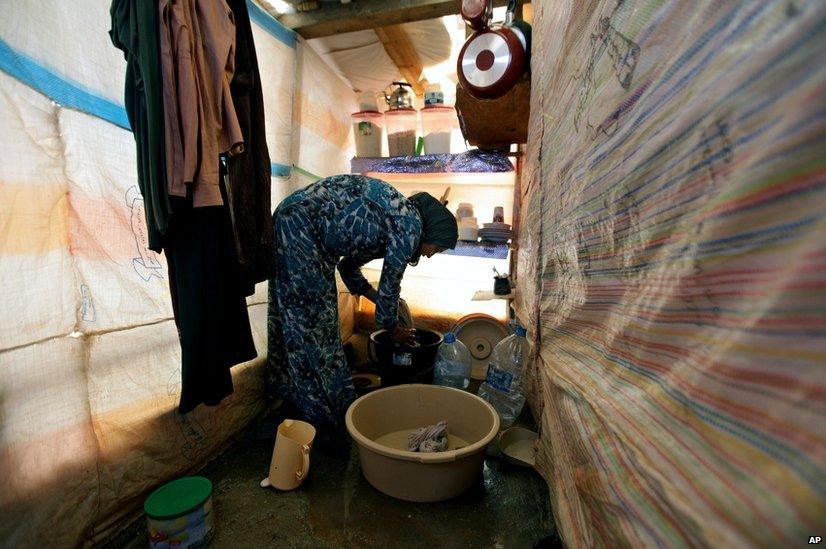
Lebanon has received the highest number of refugees, even though it is the smallest of Syria's neighbours and one of the least able to cope.
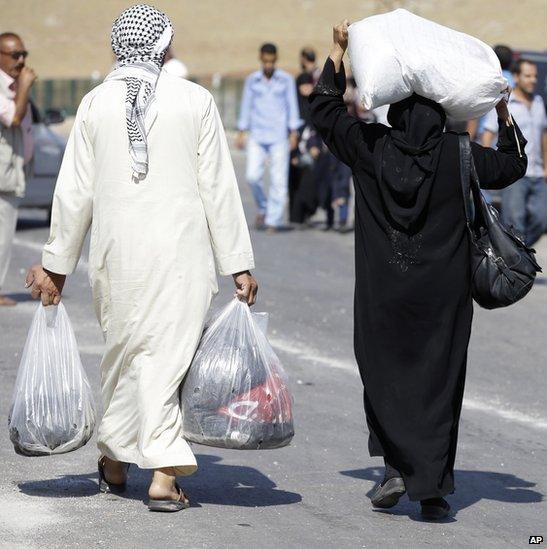
There is now thought to be one Syrian refugee in Lebanon to roughly every six Lebanese. Jordan and Turkey have taken in the second and third highest numbers respectively.
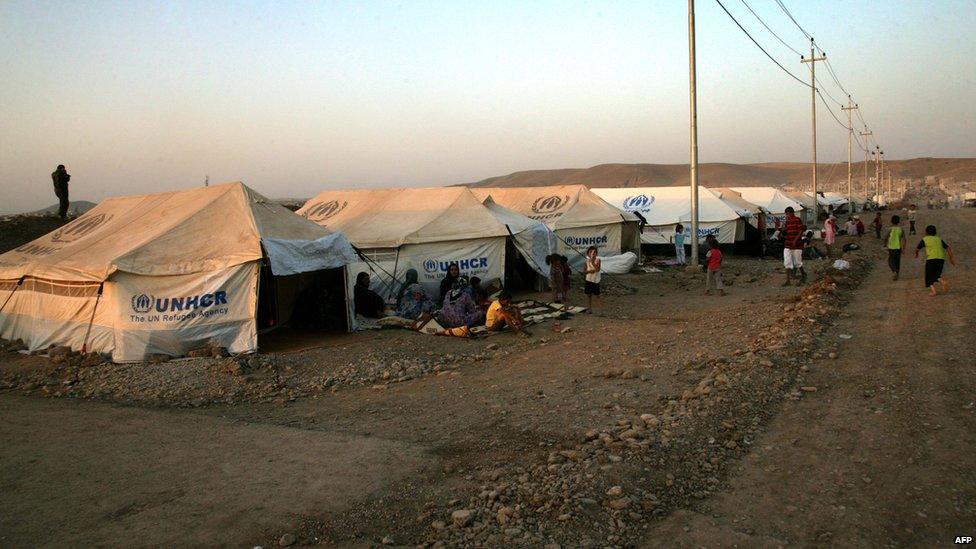
One of the biggest single waves of refugees occurred in mid-August, when thousands from north-eastern Syria poured over the border into Iraqi Kurdistan.